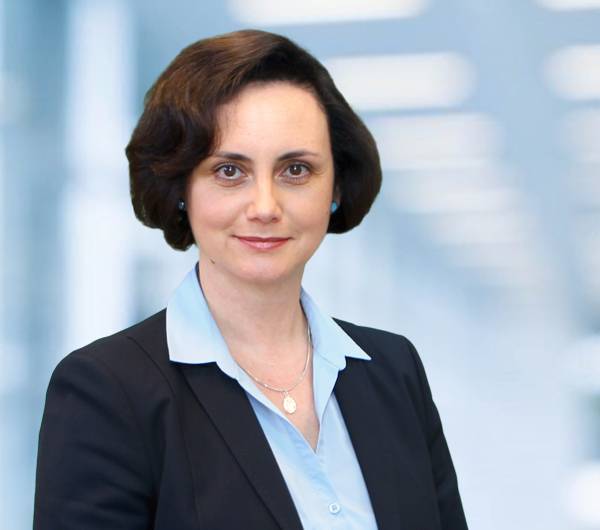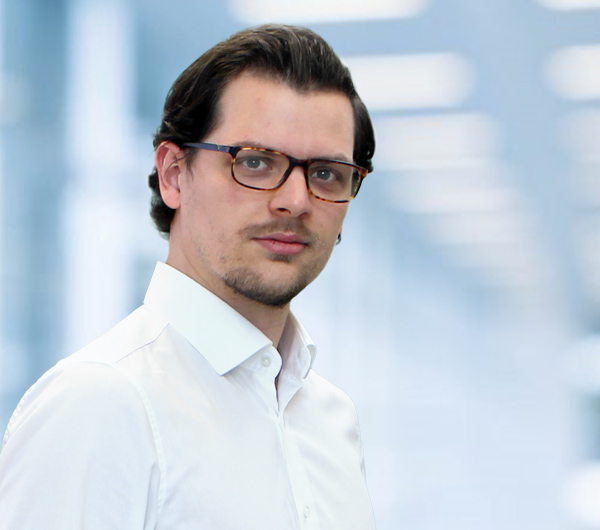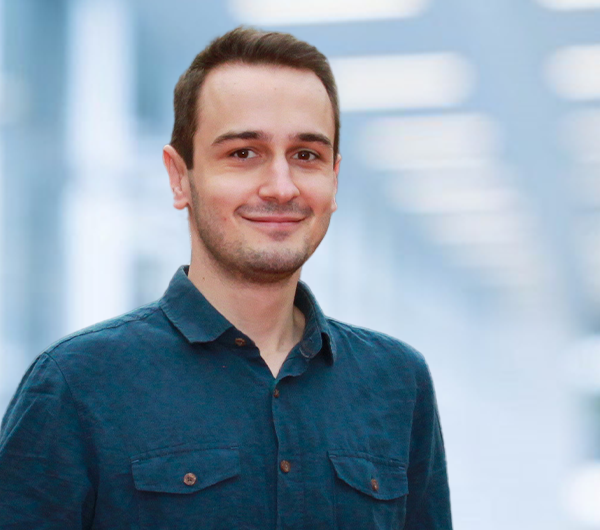Interconnected Automation Systems
Head Of
Leader
Employees
Student assistants

Prabina Rai

Laura Reinke

Alexander Toppka

Christian Wittenbröker
Interconnected Automation Systems – Information and Knowledge Modelling, Digital Twins and Cybersecurity
The advancements in digitalization and agile research in the area of data mining lead to large and often heterogenous information contents being digitally available for the use in innovative applications in different fields such as the manufacturing industry, the public health sector or urban development. As a consequence, there is a growing need for suitable methods and technologies to model, automatically process and secure the available information and knowledge.
The main focus of the working group „Interconnected Automation Systems“ is therefore on the three research areas of information and knowledge modelling, digital twins and cybersecurity.
In complex applications which rely on a large amount of information, there is an increaseing use of systems that keep ecisting information (e.g. component descriptions, construction models or behaviour models) separate from the process that uses the information. This separation between the information and the process has a considerable advantage – improved adaptivity: The information or knowledge is stored declaratively and the process is developed to a large extent independently from the application. The knowledge acquisition, which is described as knowledge engineering, relies on different sources of knowledge such as databases, human experts or knowledge engineers. The use of systems which are able to actively learn also increases. The differentiation between the knowledge and the information processing leads to another substantial advantage of these systems – they possess the ability to collect knowledge and generate new knowledge. This directly results in a resilience of companies with regard to the loss of know-how.
The digital twin is an exact digital copy of a real physical machine along its entire lifecycle (design, operation, maintenance). It comprises descriptions of the various components of the machine as well as ist dynamic properties. These information can be used for different applications such as virtual product tests before production, optimization, diagnosis of the machine’s current state and mainenance planning.
The area of cybersecurity is concerned with the protection of information against inadvertent disclosure and manipulation and ensuring the availability of the information. The increasing interconnectedness in all areas of society facilitates the access to various information (e.g. the digital twin) to a great extent but simultaneously, securing such information becomes more and more important. Since the digital twin is based upon data/information from a real machine, these information must also be secured appropriately. All three areas therefore directly connected to each other.
The transformability and flexibility of interconnected manufacturing systems, for example, is an important area of application in automation. A fundamental part of the research activities are therefore portable approaches for a function-oriented engineering as well as interoperable and open M2M communication on the basis of OPC UA companion specifications. Each component of a cyber-physical production system (CPPS) is supposed to be able to offer its functional abilities together with all the required information in terms of comprehensive, vendor independent and standardized (automation) functions such as e.g. assembling, gripping or optimizing. These fundamental capabilities can be orchastrated into higher-level capabilities through engineering until the required capability level is achieved for the intended manufacturing process of a product. Moreover, during production, the standardized stored knowledge can be utilized for additional applications with declarative goals such as condition monitoring or diagnosis.
In order to reach another milestone with regard to the transformability of interconnected manufacturing systems, innovative architectures are needed which do not only realise the required interfaces between knowledge and information processing but also possess cognitive abilities. These cognitive architectures are supposed to identify and configure the optimal method or process for every application scenario and feed the resulting knowledge back into the knowledge base. The cognitive architecture makes use of numerous methods from the area of artificial intelligence (AI) which include classical models such as decision trees as well as new developments such as learning of behaviour models in terms of time-dependent probabilistic finite state machines.
Another important aspect for the transformability is the modelling of security and safety features which, in the future, is supposed to allow for the automated assessment of security and safety properties of automated systems and facilities. Using this approach, the start up times needed after reconfiguration can be reduced considerably.










